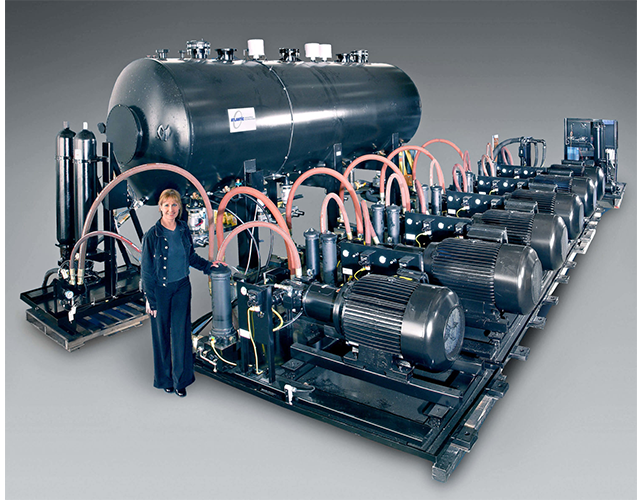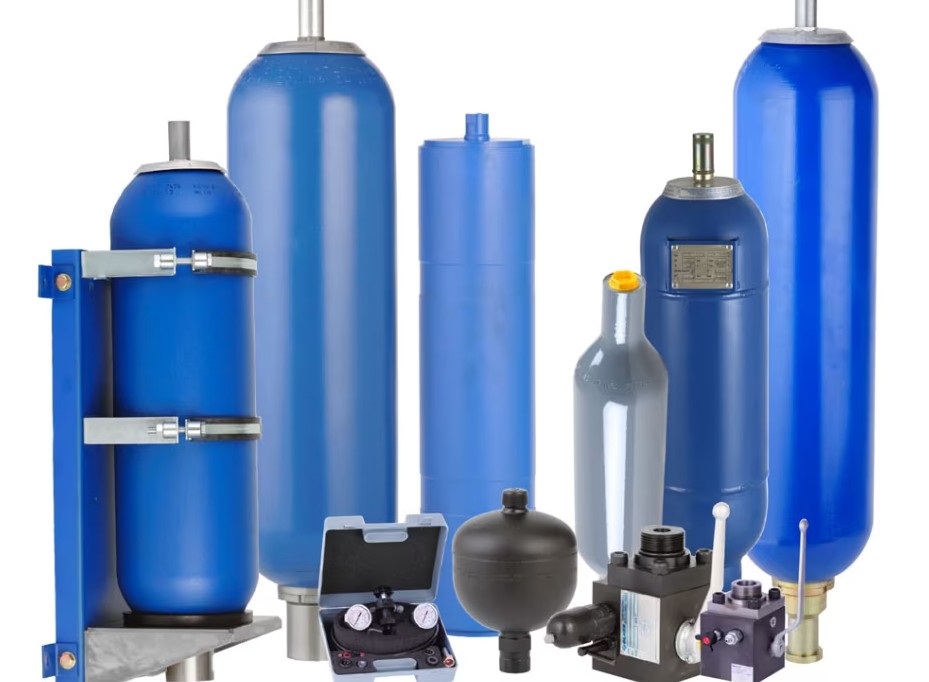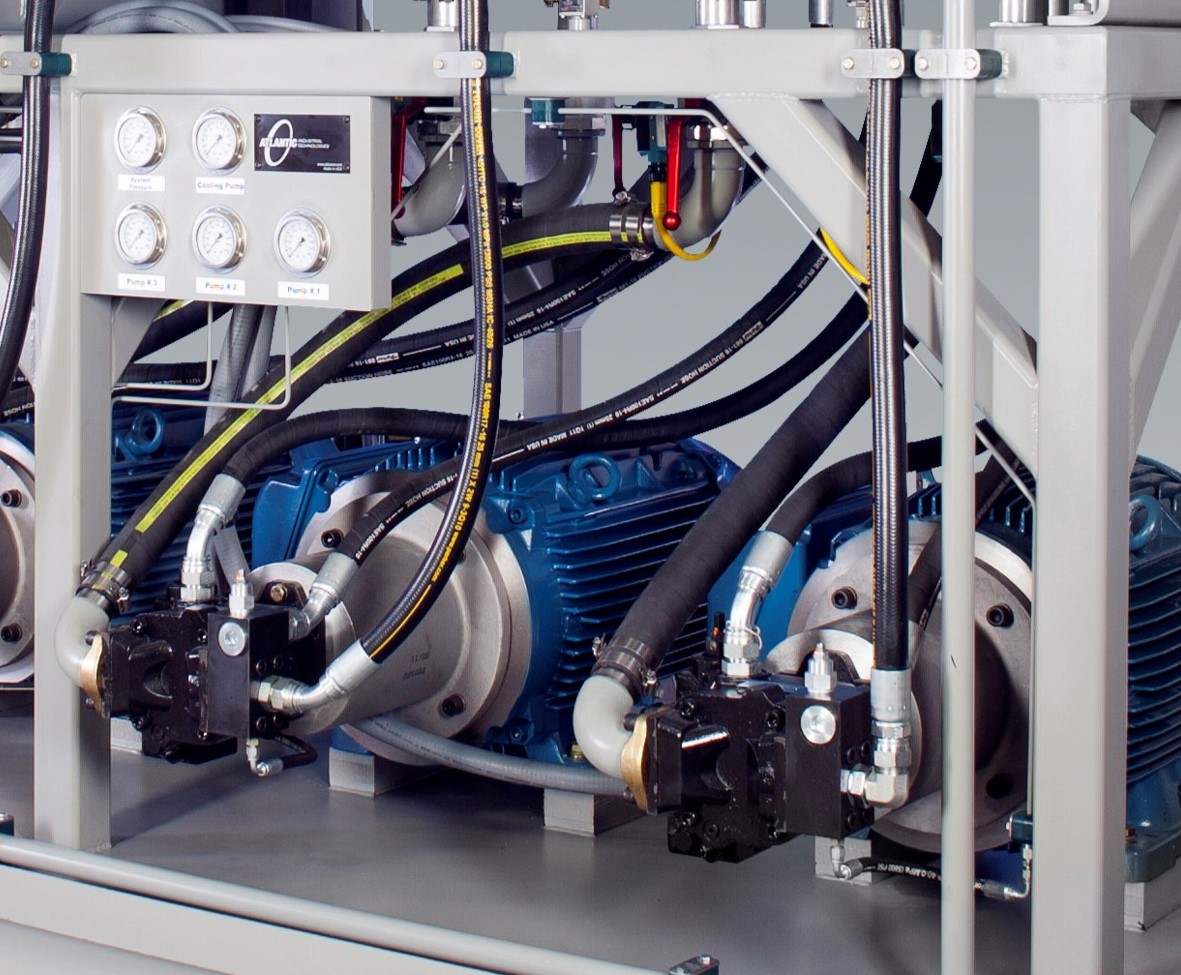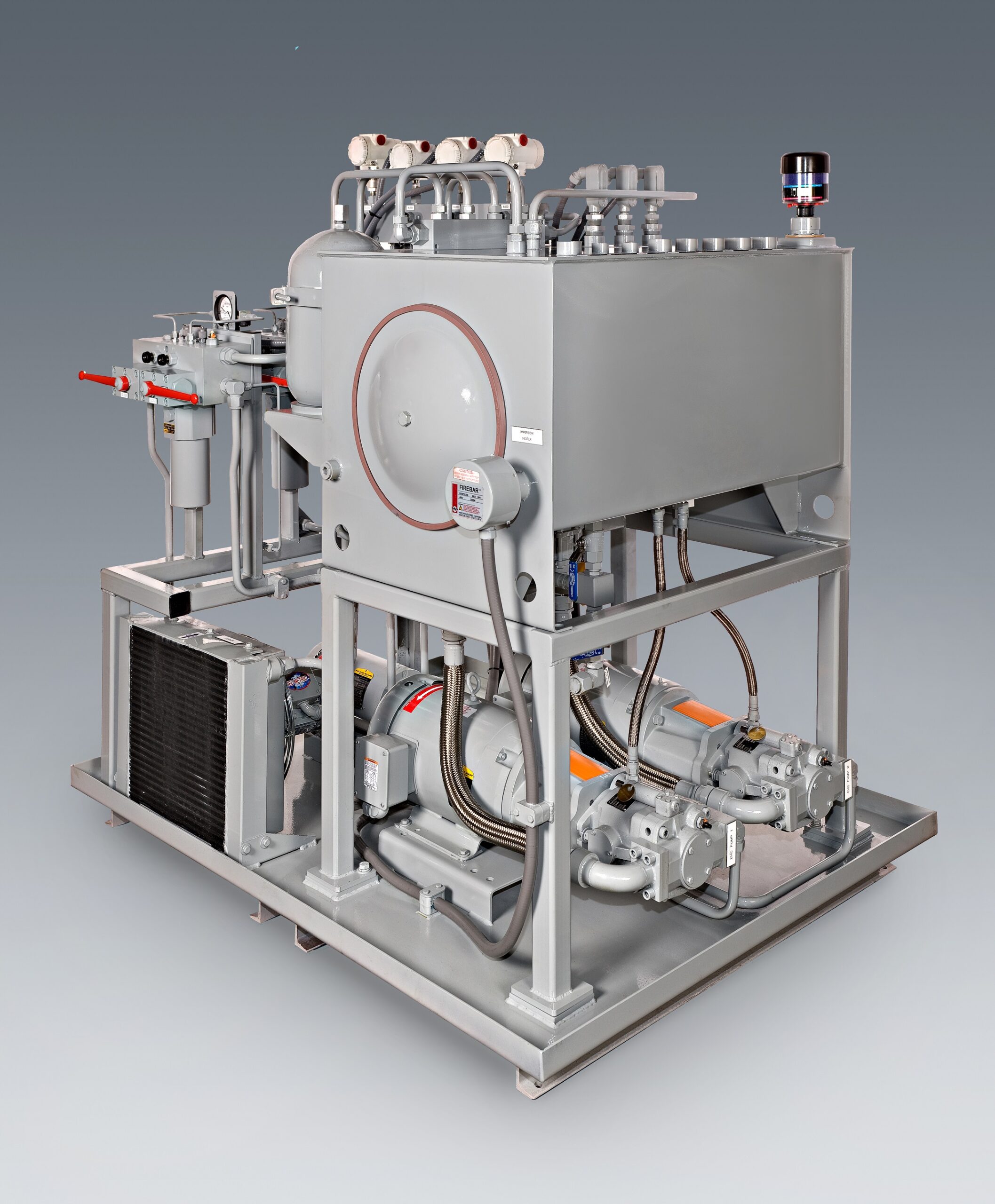For over two decades, Cirque du Soleil’s Las Vegas productions have captivated audiences with their breathtaking performances. While the artistry and acrobatics are front and center, there’s a hidden force that brings these spectacles to life: hydraulics.
From the gravity-defying stage of KÀ to the aquatic marvel of O, hydraulic systems have been instrumental in creating the magic that unfolds nightly on the Strip.

The Hydraulic Marvel of KÀ
At the MGM Grand, KÀ stands as a testament to engineering ingenuity. The show’s centerpiece is a 150-ton stage that rises 70 feet into the air, tilts up to 100 degrees, and rotates 360 degrees—all powered by hydraulics.
Designed by our team here at Atlantic Hydraulic Systems, the system requires four massive 12-inch bore cylinders, each with a 72-foot stroke, to lift the stage at a rate of 2 feet per second.
This setup requires a hydraulic flow of 2,800 gallons per minute and operates at 4,600 PSI, driven by five 250-horsepower motors. The precision and reliability of this system are crucial, as the stage’s movements must be synchronized with the performers’ actions to ensure safety and enhance the storytelling experience.

The Engineering Behind the Magic
The integration of hydraulics into these productions is a collaborative effort between Cirque du Soleil and specialized engineering firms.
Companies like Atlantic Hydraulic Systems have been instrumental in designing and implementing these complex systems. Their expertise ensures that the hydraulic mechanisms operate smoothly, safely, and in harmony with the artistic vision of the shows.
The result is a seamless blend of technology and performance that continues to awe audiences decades later.
A Legacy of Innovation
As Cirque du Soleil celebrates over 20 years in Las Vegas, the role of hydraulics in its productions remains a cornerstone of its success.
These systems have not only enhanced the visual spectacle but have also set new standards in theatrical engineering. The ongoing collaboration between artists and engineers ensures that each performance pushes the boundaries of what is possible, keeping audiences on the edge of their seats and eagerly anticipating the next act.

The next time you find yourself in Las Vegas, witnessing the mesmerizing performances of Cirque du Soleil, take a moment to appreciate the hidden power behind the curtain. Hydraulics have been, and continue to be, the unsung heroes that elevate these shows from extraordinary to unforgettable.















